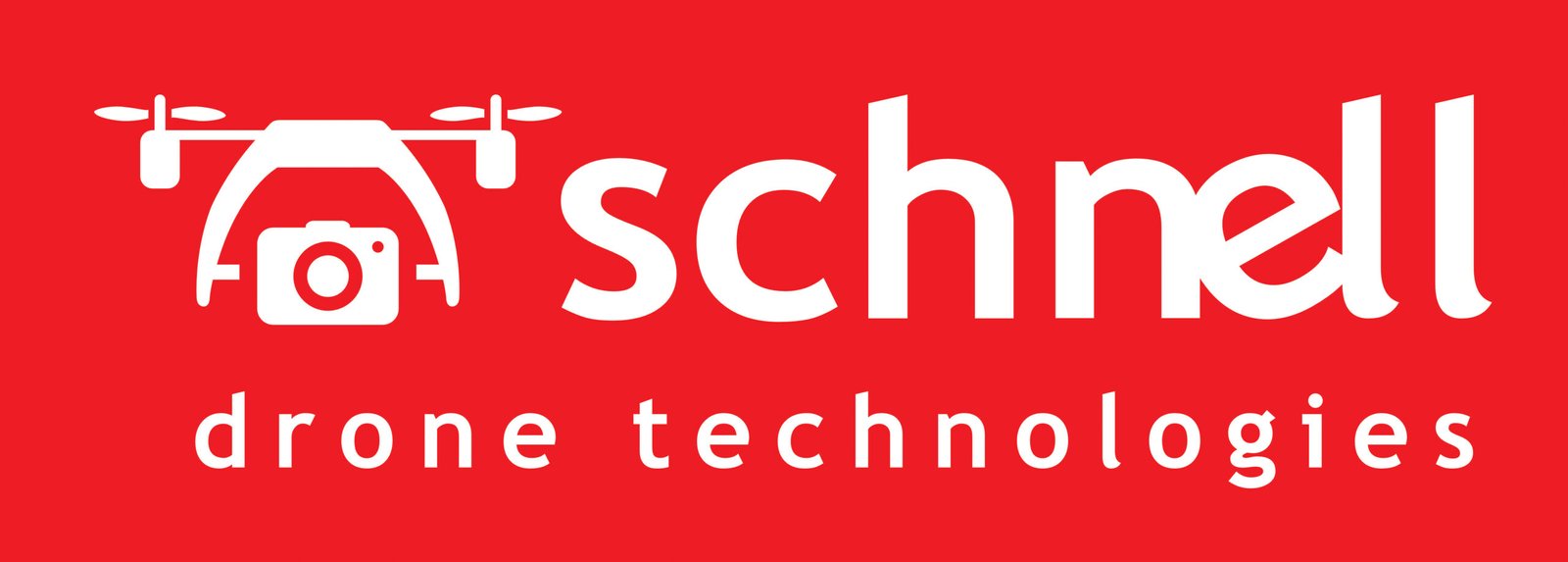Infrastructure
usage of drones in infrastructure sector
Drones have completely revolutionized project process in the infrastructure and construction industries, allowing companies to more easily track construction progress, improve communication and decision-making, create accurate maps and 3D models, and prevent site workers from entering dangerous areas.
A. Inspection and monitoring of work-
It takes a lot of efforts and money to routinely examine and monitor structures including bridges, highways, railway lines, dams, and towers. Now a days, Drone is playing a major role in site inspection. When it comes to location or safety, inspection work it can be very challenging at times. However, using a drone to operate it from anywhere and capture real-time photographs of the operation eliminates this risk. This avoids substantial amount of physical labor which otherwise may require to complete the tasks. Contractrors or site managers can even get precise real time information of any part of the site without leaving their place. Ongoing works can be monitored by flying the drones & important instructions can be given if required.
B. Use of Thermal cameras–
Thermal camera is another important resource for managing infrastructure. These specialized optics can provide important temperature information. Site managers can gain a lot of information from thermal photos, especially radiometric ones. They can identify many things including weak insulation to concrete and metal to strained places. Handheld thermal cameras have the drawback that data collection requires humans to travel slowly around a structure. Drones with thermal cameras can easily and quickly examine a complete bridge or building.
C. Application of Drones in Linear Infrastructure-
In case of linear infrastructure projects such as Rail routes, it is important to carry our survey before starting the project. Area of interest need to be made clear of obstacles, debris, dense vegetation etc. This inspection work can be done using drones. Drone image can give clear picture of the area. Porcessing of the drone image can help in understamding the tearrain in detail so as to plan levelling of the site. Processed image can give general understanding of the soil gradation, soil quality, and earthwork involved in a construction. Engineers may estimate drainage needs and other design elements using these insights, as well as spots that need to be filled or levelled away in order to carve the route. A method called “corridor mapping” uses a drone to take linear pictures of a road or a railway corridor. One can obtain an accurate map of the entire project by following the trajectory for the duration of the full worksite.
